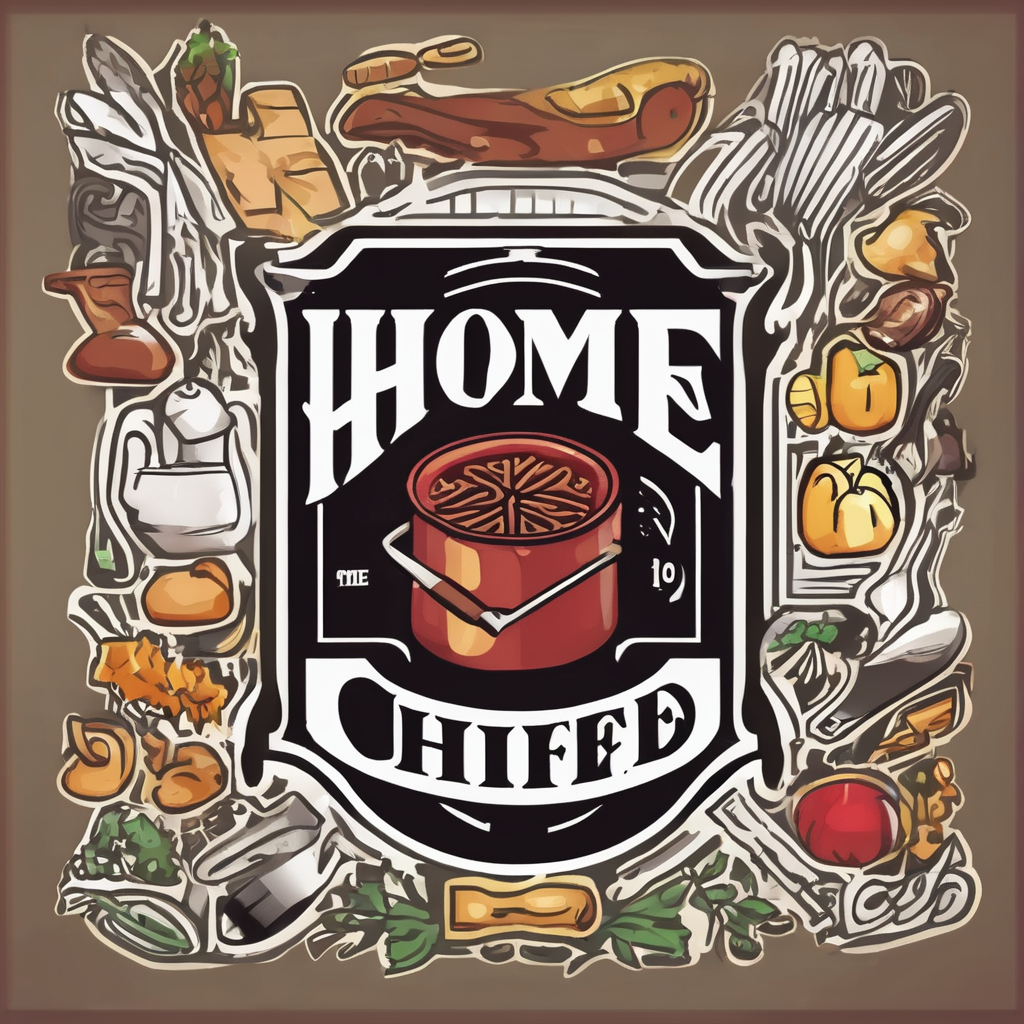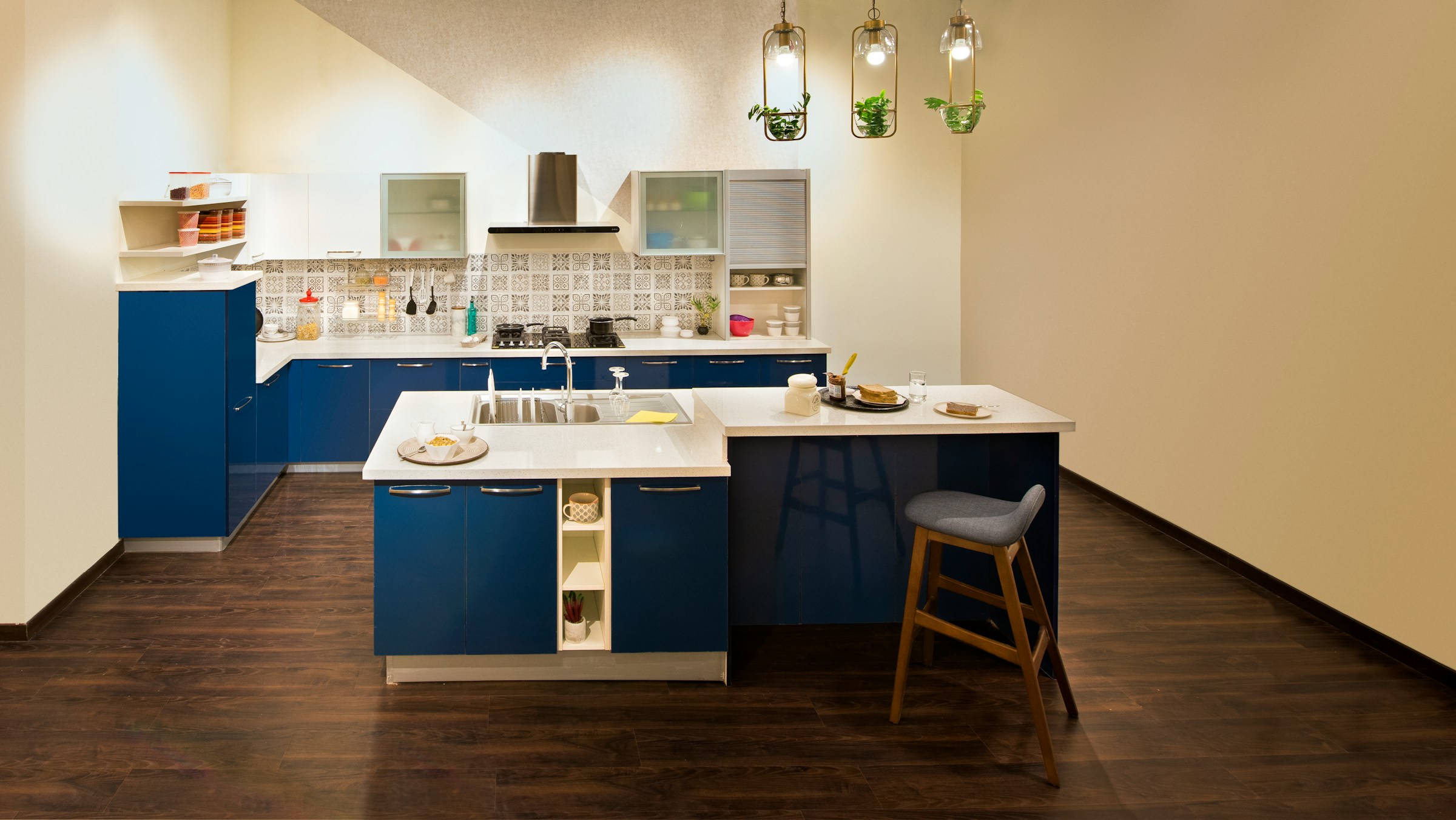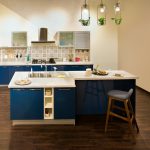Top Mold-Resistant Kitchen Backsplash Materials: Your Ultimate Guide to a Stylish and Safe Space
When it comes to designing your kitchen, the backsplash is more than just a decorative element; it's a functional component that needs to withstand the hustle and bustle of daily cooking. One of the most critical factors to consider is mold resistance, especially in areas prone to moisture. Here’s a comprehensive guide to help you choose the best mold-resistant kitchen backsplash materials, ensuring your space is both stylish and safe.
Understanding the Importance of Mold Resistance
Before diving into the various materials, it's essential to understand why mold resistance is crucial in your kitchen. Mold and mildew thrive in moist environments, and a kitchen backsplash is often exposed to water, steam, and food residues. Here’s what you need to know:
Topic to read : Transform Your Kitchen Layout for Maximum Energy Efficiency: Unlock the Secrets to Sustainable Cooking
- Health Risks: Mold can pose serious health risks, including allergic reactions, respiratory issues, and even neurological problems.
- Maintenance: Mold-resistant materials reduce the need for frequent cleaning and maintenance, making your life easier.
- Durability: These materials are generally more durable and can withstand the wear and tear of kitchen activities.
Ceramic and Porcelain Tiles: The Popular Choices
Ceramic and porcelain tiles are among the most popular choices for kitchen backsplashes due to their versatility, durability, and ease of maintenance.
Ceramic Tiles
Ceramic tiles are a classic option, known for their affordability and wide range of designs. Here are some key points to consider:
Additional reading : Unlock Culinary Creativity: The Benefits of a Kitchen Garden Window for Your Home Cooking
- Water Absorption: Ceramic tiles, especially those with lower density, have higher water absorption rates. This can make them less ideal for areas with high moisture unless a waterproofing membrane is applied.
- Maintenance: Ceramic tiles are relatively easy to clean, but they may require more frequent grout cleaning compared to porcelain tiles.
- Design: Ceramic tiles come in a variety of styles, from traditional to modern, and can be used to create mosaic or subway tile designs.
Porcelain Tiles
Porcelain tiles are a step up from ceramic tiles in terms of durability and water resistance.
- Water Resistance: Porcelain tiles have a very low water absorption rate (< 0.5%), making them highly resistant to moisture and ideal for kitchen backsplashes.
- Durability: Porcelain tiles are heavier and more durable than ceramic tiles, requiring a sturdy installation but offering long-term benefits.
- Design: Porcelain tiles can mimic natural stone or offer sleek, modern designs, making them versatile for any kitchen look.
Natural Stone: A Timeless and Elegant Option
Natural stone is a premium choice for kitchen backsplashes, offering a unique and elegant look.
Types of Natural Stone
Here are some popular types of natural stone:
- Granite: Known for its durability and resistance to heat, granite is a popular choice. However, it requires periodic sealing to maintain its water resistance.
- Marble: Marble adds a touch of luxury but is more porous than granite, requiring more frequent sealing.
- Travertine: Travertine is easier to maintain than marble and offers a classic look, but it still needs periodic sealing.
Pros and Cons
- Pros: Natural stone offers a unique, high-end look and is durable if properly maintained.
- Cons: It can be expensive, requires periodic sealing, and may show stains if not properly cared for.
Glass Tile: A Modern and Easy-Clean Option
Glass tile is a modern and stylish choice that offers several advantages.
Benefits
- Easy Clean: Glass tiles are non-porous, making them extremely easy to clean and resistant to mold and mildew.
- Design Flexibility: Glass tiles come in a wide range of colors and styles, including mosaic and subway tile designs.
- Durability: Glass tiles are durable and can withstand the kitchen environment well.
Considerations
- Cost: Glass tiles can be more expensive than ceramic or porcelain tiles.
- Installation: Glass tiles require a specialized adhesive and grout to ensure proper installation.
Tile Backer Boards: The Unsung Heroes
While the tile itself is crucial, the backer board behind it is equally important for ensuring a mold-resistant kitchen backsplash.
Types of Backer Boards
Here are some common types of backer boards:
- Cement Board: A popular choice, cement board is durable and can withstand moisture but is heavy and difficult to cut.
- Glass Mat Gypsum: This is a better option than traditional green board, offering ease of installation and built-in moisture resistance.
- Foam Board: Lightweight and easy to cut, foam board is waterproof but requires careful waterproofing of seams and fastener penetrations.
Importance of Waterproofing
Regardless of the backer board you choose, applying a waterproofing membrane is crucial to prevent moisture from seeping behind the tiles. Here’s a quote from a tile consultant:
"Applying a waterproofing membrane is essential, especially in areas exposed to moisture. It ensures that the backer board and the wall behind it remain dry and free from mold and mildew".
Stainless Steel and Other Metal Options
For a modern and sleek look, stainless steel and other metal options can be considered.
Benefits
- Easy Clean: Stainless steel is non-porous and extremely easy to clean.
- Durability: It is highly durable and resistant to scratches and dents.
- Design: Stainless steel offers a contemporary look that can complement any kitchen design.
Considerations
- Cost: Stainless steel can be expensive.
- Installation: It requires specialized installation to ensure it is securely fastened to the wall.
Practical Tips for Installation and Maintenance
Here are some practical tips to ensure your kitchen backsplash remains mold-resistant and looks its best:
Installation Tips
- Choose the Right Adhesive: Use a mold-resistant adhesive to ensure the tiles adhere properly to the backer board.
- Seal Natural Stone: If using natural stone, apply a sealant periodically to protect it from stains and moisture.
- Apply Waterproofing Membrane: Always apply a waterproofing membrane behind the backer board to prevent moisture buildup.
Maintenance Tips
- Regular Cleaning: Clean your backsplash regularly with a mild detergent to prevent grime buildup.
- Grout Maintenance: Clean the grout lines frequently to prevent mold and mildew growth.
- Inspect for Damage: Regularly inspect your backsplash for any signs of damage or water intrusion.
Comparison Table: Top Mold-Resistant Kitchen Backsplash Materials
Here is a comparison table to help you make an informed decision:
| Material | Water Resistance | Durability | Maintenance | Cost | Design Flexibility |
|---|---|---|---|---|---|
| Ceramic Tiles | Medium | Medium | Easy | Affordable | High |
| Porcelain Tiles | High | High | Easy | Moderate | High |
| Natural Stone | Medium to High | High | Medium | Expensive | High |
| Glass Tiles | High | High | Very Easy | Moderate | High |
| Stainless Steel | High | High | Very Easy | Expensive | Medium |
Detailed List of Benefits and Considerations
Here is a detailed list of benefits and considerations for each material:
Ceramic Tiles
- Benefits:
- Affordable
- Wide range of designs
- Easy to clean
- Considerations:
- Higher water absorption rate
- Requires waterproofing membrane
- More frequent grout cleaning
Porcelain Tiles
- Benefits:
- Highly water-resistant
- Durable
- Easy to clean
- Considerations:
- Heavier and more expensive than ceramic
- Requires sturdy installation
Natural Stone
- Benefits:
- Unique and elegant look
- Durable if properly maintained
- Considerations:
- Expensive
- Requires periodic sealing
- May show stains if not properly cared for
Glass Tiles
- Benefits:
- Non-porous and easy to clean
- Modern and stylish
- Durable
- Considerations:
- More expensive than ceramic or porcelain
- Requires specialized adhesive and grout
Stainless Steel
- Benefits:
- Non-porous and easy to clean
- Highly durable
- Modern look
- Considerations:
- Expensive
- Requires specialized installation
Choosing the right material for your kitchen backsplash is a critical decision that affects both the aesthetics and the functionality of your space. By understanding the benefits and considerations of each material, you can make an informed choice that ensures your kitchen is not only stylish but also safe and mold-resistant.
As a final tip, remember that the best material for your kitchen backsplash is one that balances your design preferences with the practical needs of a kitchen environment. Whether you opt for the timeless elegance of natural stone, the modern sleekness of glass tiles, or the durability of porcelain tiles, ensuring that your backsplash is mold-resistant will provide you with a kitchen space that is both beautiful and safe for years to come.






